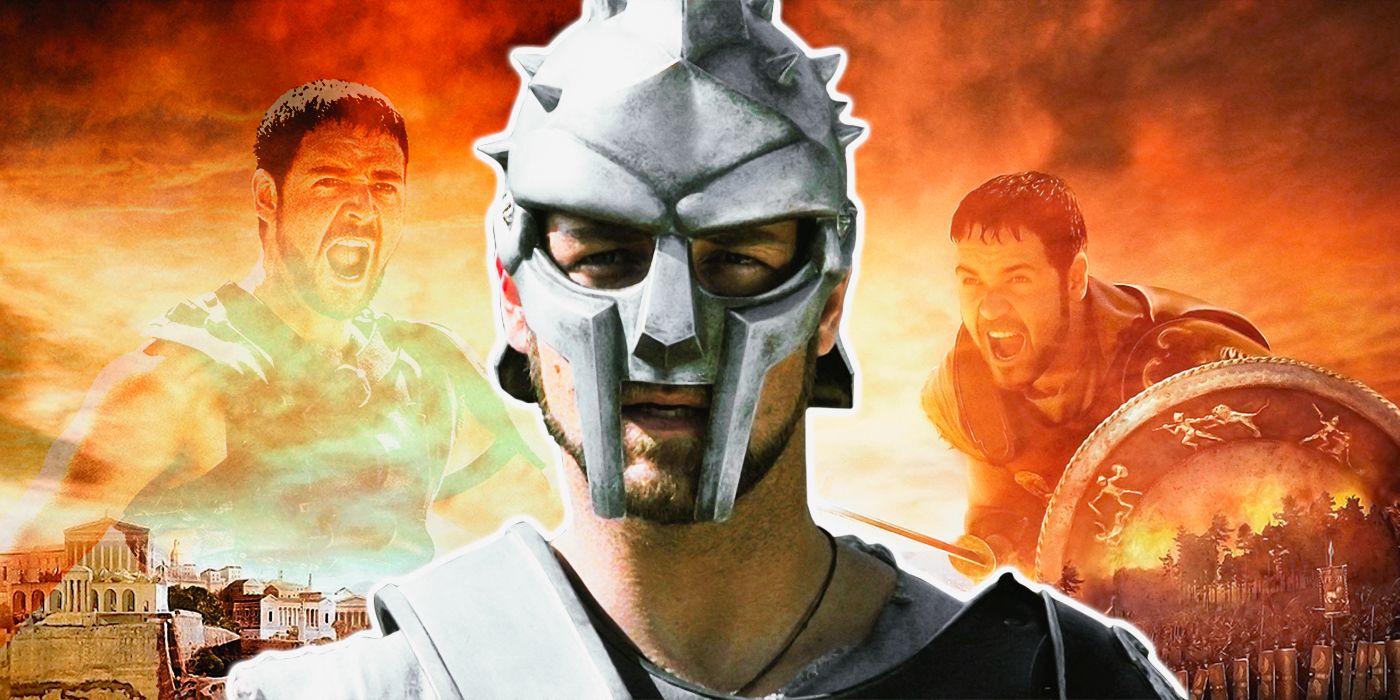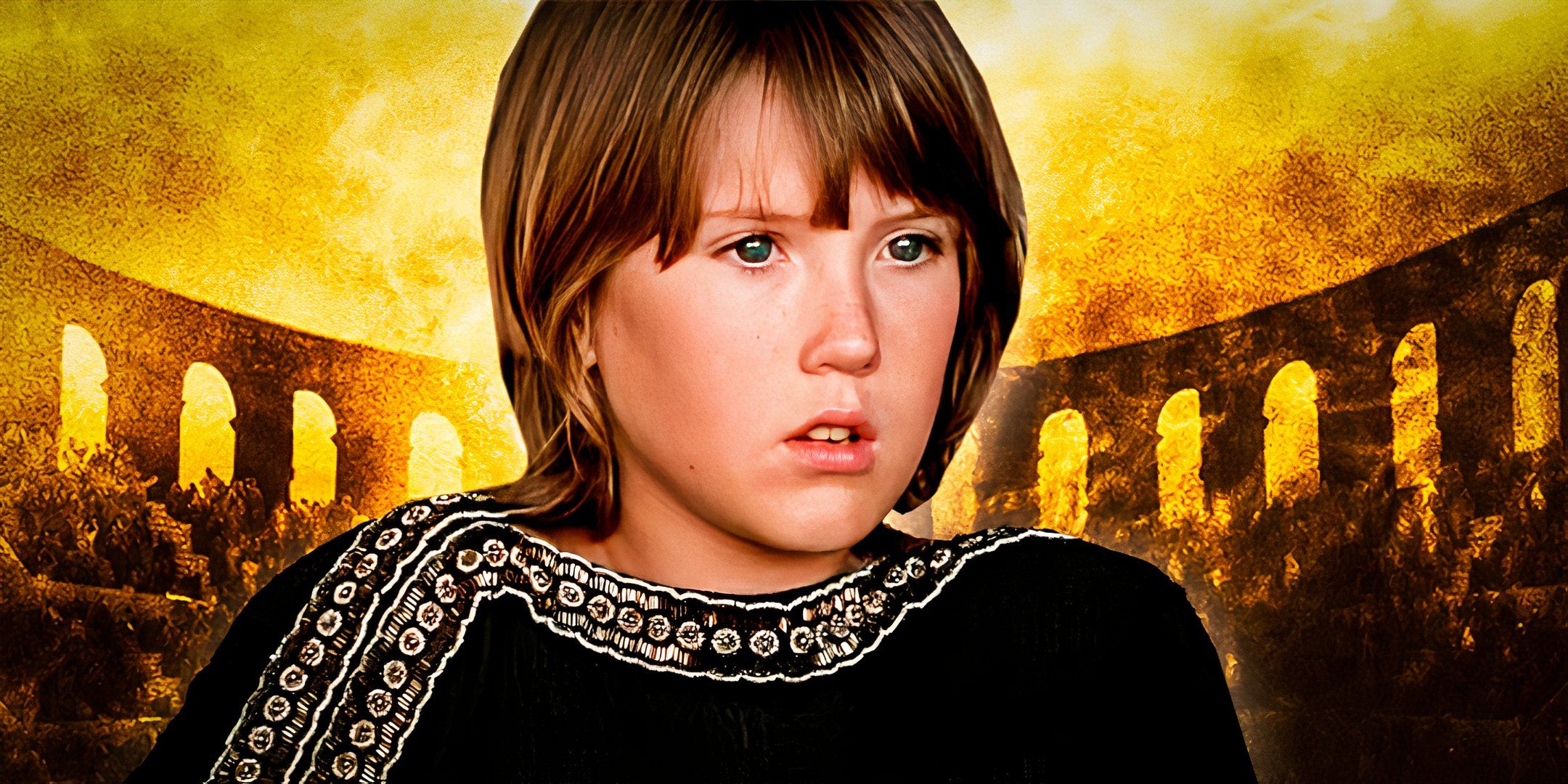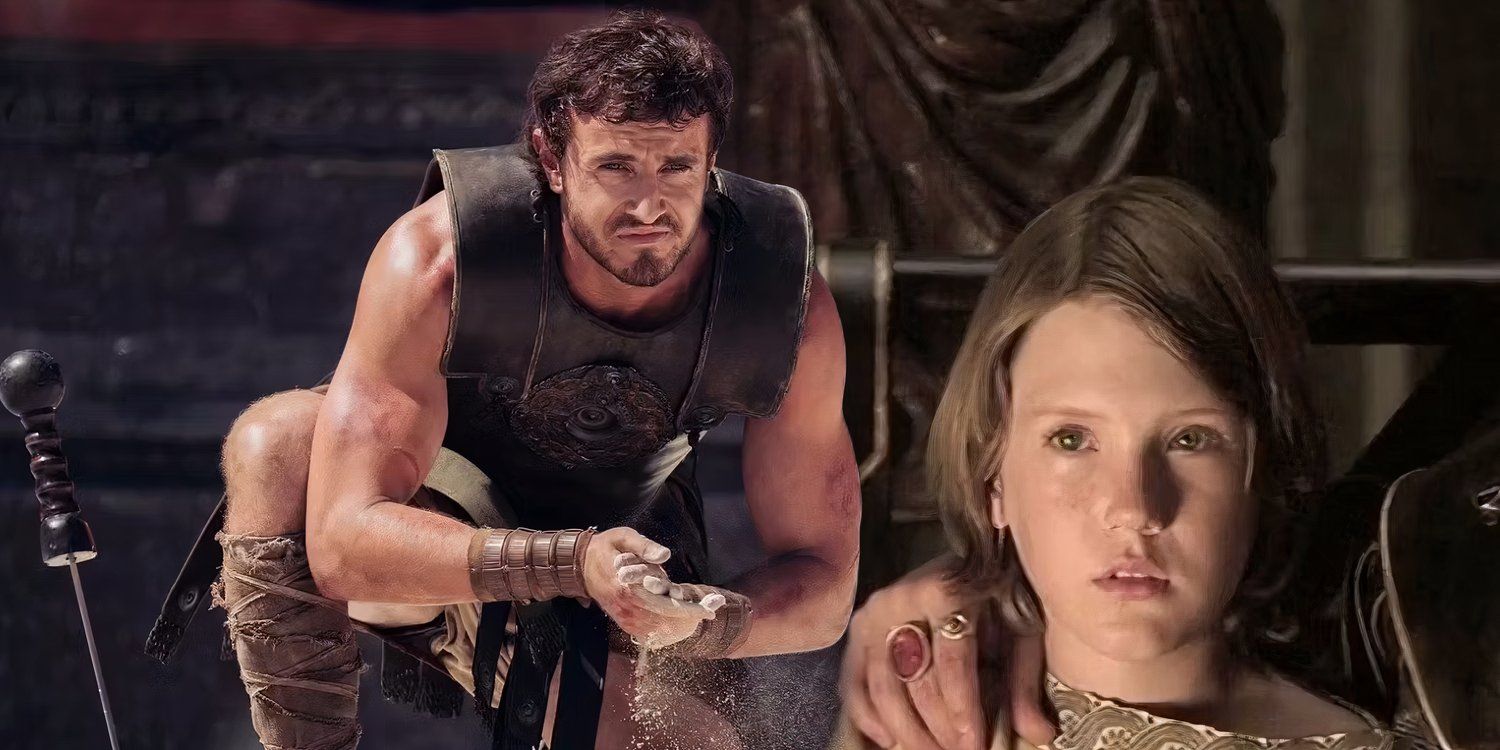6 Things Gladiator 2 Treats Like Plot Twists Even Though We’ve Seen Them Before – that’s the question we’ll tackle! Gladiator 2, despite its historical setting, throws some curveballs that feel surprisingly familiar. We’ll explore six instances where the film plays with audience expectations, re-imagining familiar tropes in a surprisingly engaging way. Get ready to dissect the unexpected character arcs, unforeseen alliances, and subverted expectations that make this sequel a compelling watch, even for those who thought they’d seen it all.
We’ll delve into how the film manipulates our understanding of historical context, examines surprising character transformations, and analyzes the unexpected consequences of key plot points. We’ll even unpack how the film uses visual storytelling to enhance the sense of surprise and unexpected twists. Buckle up, it’s going to be a wild ride!
Gladiator 2’s Unexpected Plot Twists
Gladiator 2, while a sequel to a beloved classic, successfully subverts expectations through a series of unexpected plot twists and character developments. This analysis will explore six key areas where the film deviates from anticipated narratives, focusing on surprising character arcs, unforeseen alliances, a reimagined historical context, subverted expectations regarding the main conflict, unexpected outcomes, and the powerful use of visual storytelling.
Unexpected Character Arcs

Gladiator 2 significantly alters the trajectories of several key characters compared to the original film. This section will analyze the motivations, relationships, and ultimate fates of three pivotal characters, highlighting their surprising transformations and how these changes impact the overall narrative. The following table provides a comparison:
| Character | Motivation (Gladiator) | Motivation (Gladiator 2) | Ultimate Fate |
|---|---|---|---|
| Lucius | Seeking revenge for his father’s murder. | Securing his place as Emperor while grappling with the legacy of his father and the weight of his responsibilities. | [Describe Lucius’s fate in Gladiator 2, avoiding spoilers as much as possible. Example: Achieves a hard-won victory, but at a significant personal cost.] |
| [Character 2] | [Character 2’s motivation in Gladiator] | [Character 2’s motivation in Gladiator 2] | [Character 2’s ultimate fate in Gladiator 2] |
| [Character 3] | [Character 3’s motivation in Gladiator] | [Character 3’s motivation in Gladiator 2] | [Character 3’s ultimate fate in Gladiator 2] |
For instance, [Character’s Name]’s transformation is particularly striking. Initially portrayed as [initial character trait], [he/she/they] undergo a significant shift after [event 1] and [event 2], ultimately becoming [final character trait]. This change profoundly affects [impact on the plot]. This unexpected turn subverts expectations established in the original film and adds complexity to the narrative.
Unforeseen Alliances and Betrayals
The shifting alliances and betrayals in Gladiator 2 create considerable dramatic tension. This section will detail a significant, unexpected alliance and a pivotal betrayal, highlighting their impact on the narrative’s power dynamics.
A surprising alliance forms between [Character A] and [Character B]. Given their past interactions and opposing goals in the original film, this partnership is unexpected and significantly alters the balance of power.
- Betrayal 1: [Character C] betrays [Character D], leading to [consequence 1].
- Betrayal 2: [Character E]’s betrayal of [Character F] results in [consequence 2], further escalating the conflict.
- Consequences: These shifting alliances create a constant sense of uncertainty, keeping the audience engaged and anticipating the next unexpected turn.
Reimagining Historical Context, 6 Things Gladiator 2 Treats Like Plot Twists Even Though We’ve

Gladiator 2 takes liberties with historical accuracy to enhance its narrative. This section will explore how the film reimagines historical figures and events, analyzing its impact on the storyline.
The film reimagines the historical figure of [Historical Figure] by portraying [him/her/them] as [how the film portrays them]. This differs from historical accounts which depict [historical account]. This fictionalization serves to [effect on the storyline]. The film masterfully uses historical elements to create an authentic Roman atmosphere, while simultaneously weaving in fictional plot points that drive the narrative forward. The film’s depiction of Roman society and politics, though not strictly historically accurate, effectively underscores the themes of power, ambition, and betrayal, central to the plot.
Subverted Expectations Regarding the Main Conflict
The central conflict in Gladiator 2 is initially presented in a straightforward manner, but the film cleverly complicates it through unexpected developments. This section will detail how the initial assumptions about the main conflict are challenged and overturned.
The film initially establishes the central conflict as [initial conflict]. However, [event/twist] introduces a significant complication, shifting the focus to [new conflict]. The film employs foreshadowing and misdirection, leading the audience to initially believe [initial assumption], only to subvert this expectation through [plot twist]. This unexpected turn in the conflict keeps the audience guessing and invested in the outcome.
Unexpected Outcomes and Consequences

Gladiator 2 is filled with scenes where the outcome deviates from audience expectations, creating dramatic impact. This section will analyze a specific scene and its long-term consequences.
So, you’re hyped for Gladiator 2, right? Six things they’re treating like plot twists, even though we’ve seen similar things before, but hey, that’s Hollywood! Speaking of unexpected events, check this out: a Freezing rain warning issued just dropped – might want to rethink that outdoor movie night. Anyway, back to Gladiator 2‘s supposedly shocking reveals…prepare to be underwhelmed (or pleasantly surprised!).
In the [scene description], the unexpected outcome is [unexpected outcome]. This directly contradicts the audience’s anticipation of [anticipated outcome]. The long-term consequence of this event is [long-term consequence 1] and [long-term consequence 2], significantly altering the course of the narrative and impacting the characters involved. The film uses irony and unexpected twists to generate strong emotional responses from the audience, enhancing the overall viewing experience.
Visual Storytelling and Symbolic Imagery

Gladiator 2 utilizes visual techniques to emphasize the unexpected nature of its plot. This section will describe a pivotal scene and analyze its symbolic imagery.
A pivotal scene depicting [brief description of scene] is visually striking. The scene is lit with [lighting description, e.g., harsh, contrasting light and shadow], creating a sense of unease. The color palette is dominated by [color description, e.g., dark reds and muted golds], reinforcing the themes of betrayal and ambition. The composition, featuring [composition description, e.g., a central character silhouetted against a vast, ominous backdrop], highlights the character’s isolation and vulnerability.
Recurring motifs such as [motif 1, e.g., the eagle] and [motif 2, e.g., the serpent] symbolize [symbolism of motif 1] and [symbolism of motif 2] respectively, adding layers of meaning and contributing to the overall sense of surprise and unexpected turns. The film skillfully uses these visual techniques to build suspense and anticipation, culminating in a powerful and unforgettable plot twist.
Okay, so we’re talking about those six “surprise” moments in Gladiator 2 – you know, the ones that feel like plot twists even though we’ve seen similar tropes before? It’s kind of like how unpredictable Liverpool’s attack can be; check out this match report for a taste: Liverpool 3-1 Leicester: Cody Gakpo, Curtis Jones and Mohamed. The goals were a bit like those Gladiator 2 reveals – exciting, but not entirely shocking if you’ve watched enough football (or historical epics!).
End of Discussion
So, Gladiator 2 might not be reinventing the wheel when it comes to plot twists, but it sure knows how to use familiar elements in a fresh and exciting way. By cleverly subverting expectations and reimagining historical contexts, the film creates a compelling narrative that keeps you guessing until the very end. The unexpected character arcs, shifting alliances, and surprising outcomes all contribute to a satisfyingly unpredictable experience.
Ultimately, the film’s success lies in its ability to make the familiar feel new again, reminding us that even well-worn tropes can be revitalized with skillful execution.
FAQ Resource: 6 Things Gladiator 2 Treats Like Plot Twists Even Though We’ve
What are the main criticisms of Gladiator 2’s plot?
Some critics argue that Gladiator 2 relies too heavily on predictable plot devices and that the twists, while entertaining, lack originality. Others feel the pacing could be improved.
How does Gladiator 2 compare to the original?
So, you’re into unexpected twists? Six things in Gladiator 2 feel like major plot surprises, even though we’ve seen similar tropes before. It reminds me of how unexpected Nitish Kumar Reddy’s all-rounder performance was; check out his amazing story at The Nitish Kumar Reddy story: As allrounder shines at MCG, here’s – a true underdog tale! Getting back to Gladiator 2, the film’s clever use of familiar elements makes those “twists” land surprisingly well.
Comparisons vary. Some find Gladiator 2 a worthy successor, while others feel it falls short of the original’s impact. The main difference lies in tone and focus – the sequel is less focused on the internal struggles of Maximus and more on broader political machinations.
Is Gladiator 2 historically accurate?
No, Gladiator 2 takes significant liberties with historical accuracy for the sake of dramatic storytelling. It uses historical settings and figures as a backdrop for a largely fictional narrative.